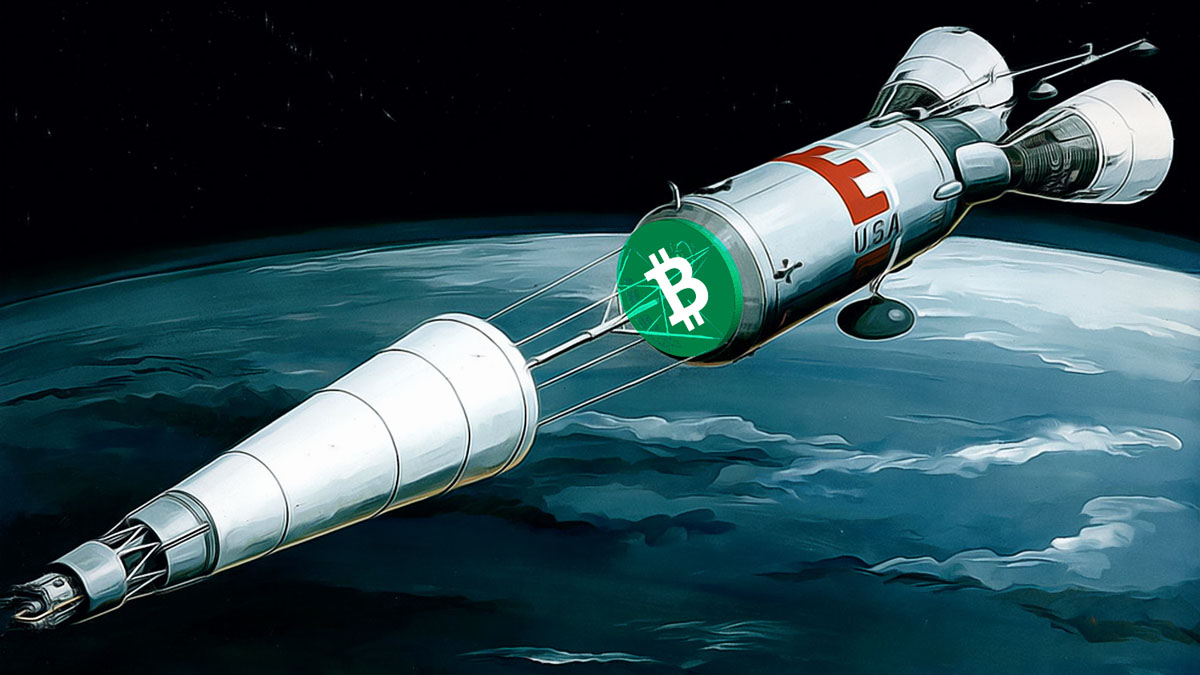President Donald Trump remains optimistic that inflation trends will reverse with the implementation of reduced interest rates. Recent appointee to the Federal Reserve, Miran, is entrusted with demystifying Trump’s economic perspective and advocating for these strategic rate cuts to fellow board members, reflecting the administration’s broader fiscal goals.
What Drives Trump’s Financial Tactics?
Since assuming the presidency, Trump has pursued unorthodox methods such as high tariffs and repeated calls for decreased interest rates, alongside military maneuvers. This strategy aims to harness the United States’ economic and military resources effectively to manage the growing national debt. Miran’s task is to articulate Trump’s distinctive interpretation of the economic landscape and why he anticipates falling inflation with lower rates.
How Does Trump’s Economic Theory Stack Up?
At the New York Economic Club, Miran articulated “Trump’s economic theory,” underscoring his role in formulating the economic rationale underpinning tariffs and other financial strategies. He emphasized the significance of inflation, the neutral interest rate, and the output gap in guiding policy decisions, while acknowledging the absence of a flawless method for setting rates.
Miran emphasized the importance of factors such as inflation and employment changes reflected in the production gap, yet stated that a consensus on the neutral rate among Fed officials remains unsettled.
Past fiscal measures and immigration levels, Miran suggests, were inaccurately factored into previous assessments of the neutral rate, influencing policy decisions. Adjustments in fiscal and immigration policies are expected to exert downward pressure on this rate.
“Accounting for shocking factors, I derive a real interest value a point below other models. Including median inflation, production channels, and standard Taylor rule methods suggest a 2-2.25% rate, while a balanced approach suggests 1.5-2%. Market-implied rates are notably higher,” Miran explained.
– Rent inflation could decline below 1.5% by 2027, decreasing overall inflation.
– A reduction of the U.S. population growth rate to 0.4% is expected as undocumented immigrants depart.
– Tariffs could cut the budget deficit by $380 billion annually, adjusting the budget deficit-GDP ratio.
Such suggestions challenge monetary policies Miran views as overly restrictive, posing risks like unemployment from short-term interest rates. Criticizing the lack of attention to Trump’s strategic measures, Miran highlights the impactful role of policies on immigration, regulations, and tariffs, urging Fed responsiveness to these aspects.
Disclaimer: The information contained in this article does not constitute investment advice. Investors should be aware that cryptocurrencies carry high volatility and therefore risk, and should conduct their own research.

















 English (US)
English (US)